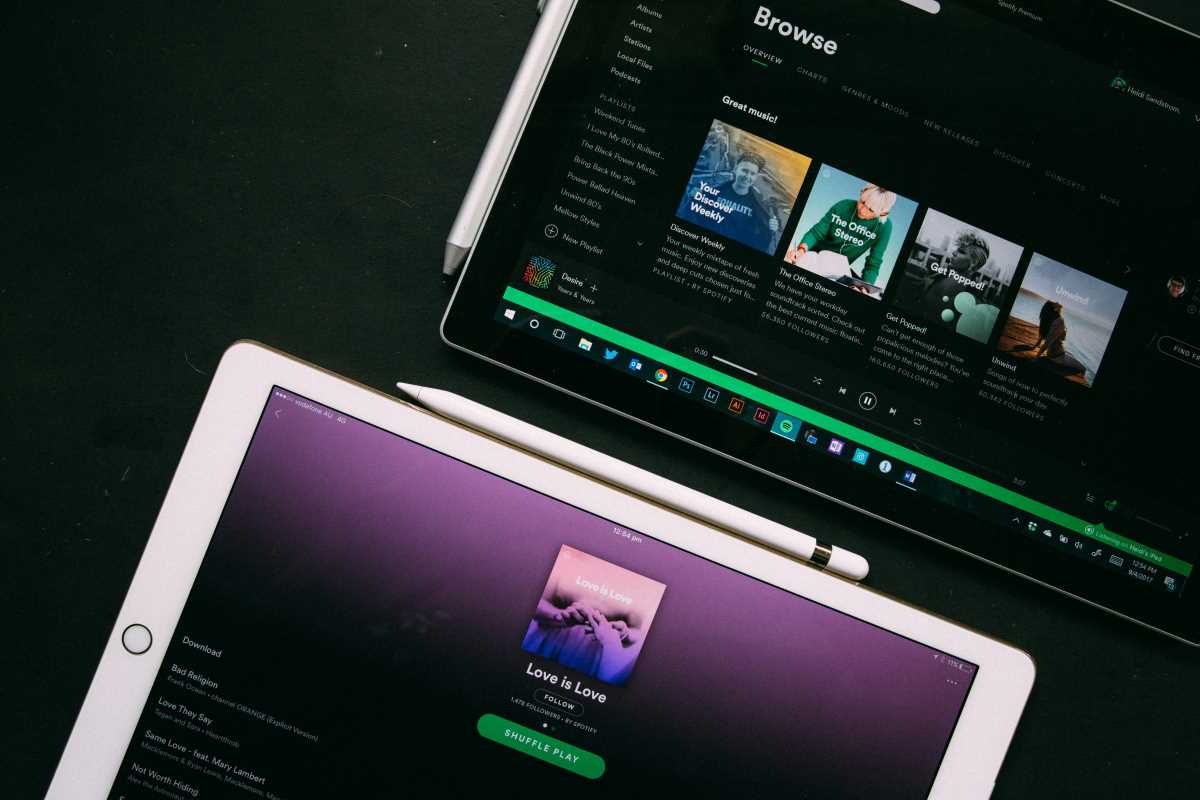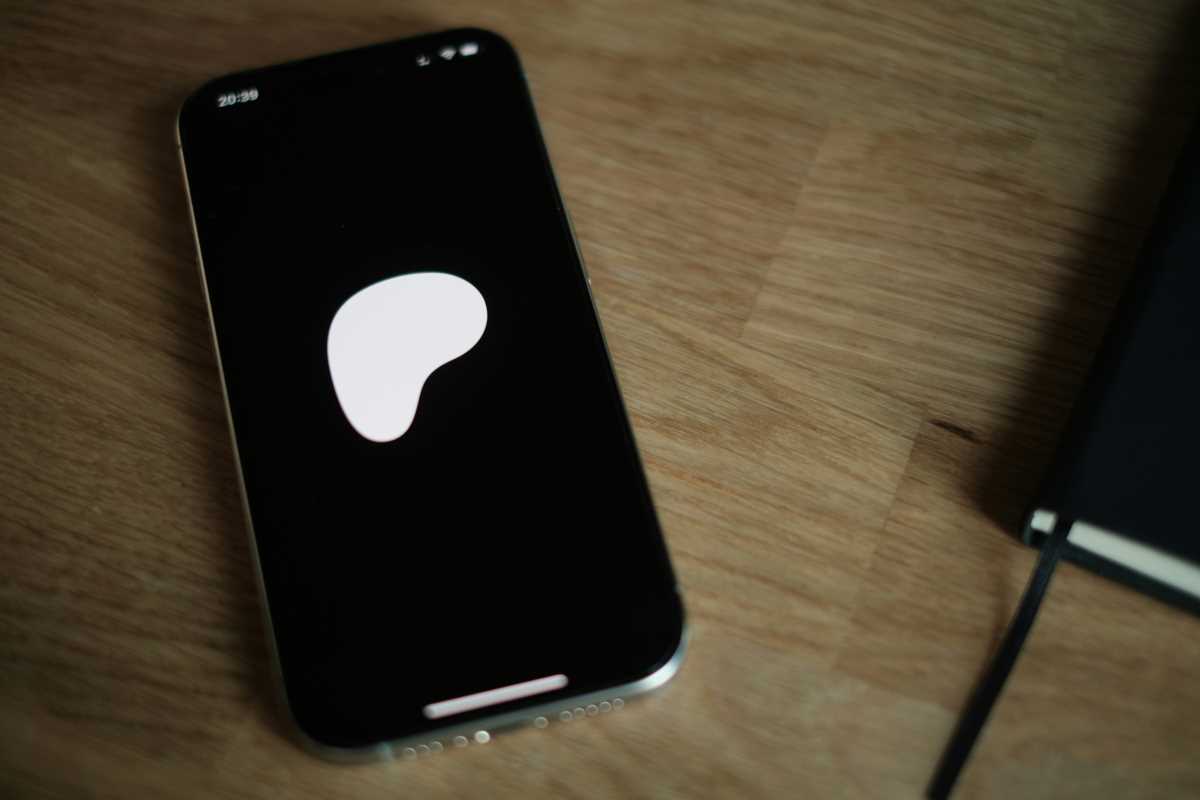Ever wondered how Spotify always seems to hit the nail on the head with its recommendations? Those perfectly curated playlists feel almost too good to be true. Well, there’s a system behind the magic. Spotify uses hidden "genre tags" to organize the millions of songs available. But these aren’t just your typical "rock," "pop," or "jazz" labels. Instead, Spotify has created a huge library of hyper-specific genres like "escape room," "indie r&b," and "shimmer pop." These secret tags give us a peek into the way music is categorized and even how our own listening tastes evolve. Keep reading if you're curious to know what they tell us about music and maybe even ourselves.
What Are Spotify’s Genre Tags?
Spotify’s genre tags are a way to sort music into categories far more specific than traditional genres. These tags help the platform analyze and group songs based on characteristics like mood, tempo, or even production style. For instance, instead of just labeling something as "indie," Spotify might tag it as "indie folk," "indie r&b," or "indietronica."
The process of tagging music involves a mix of automated data analysis and human curation. Spotify uses advanced algorithms that can break down a song’s audio features, such as rhythm and key, while also factoring in metadata like album notes or descriptions. At the same time, human curators provide context, especially when tagging artists. By combining these methods, Spotify’s system becomes incredibly nuanced, capable of recommending just the right mix for a workout, study session, or chill evening.
This categorization isn’t just about the music itself. Spotify also carefully monitors user behavior, including skips, replays, and playlist habits. This ensures that genre tags also capture how people relate to songs in real-world contexts.
Unique and Interesting Genre Tags
Spotify’s library of genre tags is massive. As of recent observation points, it features more than 1,500 distinctive labels. Some of these, like "dance pop" or "hip hop," are familiar, but others are far more unexpected. Here are a few unique examples:
- Escape Room: This quirky genre blends elements of electronic, alternative R&B, and experimental sounds. Artists like Billie Eilish are often associated with it, offering dark and mysterious vibes.
- Shimmer Pop: Bright and dreamy, "shimmer pop" is upbeat and emotionally evocative. It’s the kind of genre that encapsulates tracks with glittering melodies and atmospheric layers, such as music by artists like CHVRCHES.
- Indie R&B: A genre that combines the smooth, soulful elements of R&B with the textured, lo-fi aesthetics of indie music. Artists like Moses Sumney and Frank Ocean are notable examples.
- Dance Pop: A crossroad of catchy beats and energetic rhythms, it’s the hallmark of pop icons like Rihanna, Taylor Swift, or Dua Lipa, blending mainstream appeal with club-friendly tempos.
Unlike traditional genres, these labels act more like descriptors, helping fans discover new sounds based on how styles blend or overlap, rather than boxing them into rigid categories. For example, an artist like The Beatles might be tagged under "British invasion," "psychedelic rock," and "classic rock," showing their versatility.
What Spotify’s Tags Say About Us
We’re Multifaceted Listeners
Spotify’s tags highlight the diversity in our music tastes. You don’t just listen to "pop" or "hip hop" anymore; you might gravitate toward "bedroom pop," "neo-soul," or "classic funk." The platform recognizes that moods, preferences, and activities influence what we play. Maybe your "dance pop" playlist is for workouts, while your "lo-fi beats" playlist is your study companion.
Our Tastes Change Over Time
Did your "Wrapped" playlist last year include "pop punk revival," but this year feature "emo rap"? Those changes reflect shifts in your mood, environment, or even life stage. Spotify adapts to these shifts, tagging and curating to reflect your evolving identity.
We’re Complex Emotional Creatures
Genre tags dig deep into the emotional layers behind why we play certain songs. Listening to music tagged as "melancholy piano" or "upbeat jazz," for instance, reflects more than your taste. It mirrors your current emotional needs, whether you’re winding down after a long day or looking to lift your spirits.
Why Does This Matter?
Understanding Spotify’s hidden genre tags underscores how deeply woven music is into our daily lives. These tags are about making music feel personal, not just making playlists. For listeners, they offer endless paths of discovery, whether leading you to a nostalgic throwback or pulling you into a brand-new subgenre. For artists, genre tags offer improved visibility. Being categorized as "indie R&B" or "chamber pop" places them in front of the audience most likely to resonate with their sound.
There’s something almost poetic about this system. It celebrates the subtle details of music, like those glimmers of overlap where one genre brushes up against another. It reflects how music feels to us as listeners, not in broad strokes but with precision and care.
So the next time Spotify recommends something like "indie psych-pop" or "neo-psychedelic," give it a try. You might discover a new favorite tune and a little more about what moves you.
 (Image via
(Image via

.jpeg)



